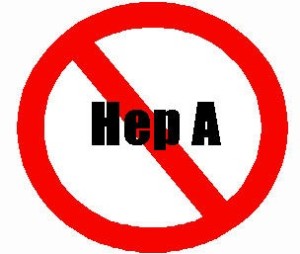I’ve long been an advocate of video observation in slaughterhouses to verify and improve and food safety and animal welfare.
Steve Sayer of Meatingplace apparently agrees, writing, What’s there to conceal?
An interminable proverbial snag linked with our industry has been the unwillingness to be transparent. Keeping all communication channels wide- open is always the prudent passageway for companies to take.
open is always the prudent passageway for companies to take.
Full and unabridged transparency, indelibly evinces a company’s veracity and intent to run ones business within defined demarcation lines of legality and integrity.
An adopted full transparency stance projects to the PETA’s of the world, including the susceptible public, that when egregious acts to livestock occur – and they do – that it’s going to be corrected in a timely manner with future preventive actions planned, documented and executed in order to preclude a similar occurrence in the future.
Cut! Case closed. That’s a take.
I like video cameras at meat and poultry plants.
A lot.
That is, if a company makes it a policy to share video footage.
Video cameras are an exceptional all-around deterrent as well as a useful tool for plant security, occupational safety, human resources, quality assurance, production efficacy, HACCP and SSOP Systems, and the humane handling of livestock.
I’ve written in the past how the USDA can shut down slaughter plants entire operations in a nanosecond with leaving no recourse for the establishment to stay open.
If a slaughter company has video cameras in place, their recordings could help preclude a plant closure, truncate NR’s, while making the USDA  inspector think 3 or 4 times on her/his sometimes subjective call involving egregious treatment of livestock.
inspector think 3 or 4 times on her/his sometimes subjective call involving egregious treatment of livestock.
If a slaughter company is equipped with video cameras and they really want to claim fame to having the USDA’s proclaimed robust humane handling program, then sharing video footage from the continuum of receiving livestock to the shackling and sticking stages of a slaughter HACCP flow chart is a must.
Like it or not, video cameras in one form, (smart phones) or another, (hidden fiber-optic cameras) are here to stay. They’re never going away.
Ask PETA or HSUS’ Oscar winning undercover cameramen, (and women) under the category of The Ghost and Mrs. Muir cinematography if they’d like your company having well-managed video cameras.
They don’t. It’s the last thing they want.
But if you do have video cameras, and you fail to share your video recordings, then you’re doing precisely what they’re hoping you’d do. You’re promulgating suspicion that you’re hiding something.
Today, many food folks are held hostage by their worst employees, agenda-oriented foodies, and their own stupidity.
Whether it’s a restaurant inspection, a farm, a slaughterhouse, provide that data to the public; I don’t care who does it, as long as it’s open to public scrutiny by mere mortals. Sorta what Jefferson was getting at when he said,
“I know no safe depository of the ultimate powers of society but the people themselves; and if we think them not enlightened enough to exercise their control with a wholesome discretion, the remedy is not to take it from them but to inform their discretion by education.”
Thomas Jefferson
 Twenty years later, Leesburg, Ind.-based Maple Leaf Farms is offering a behind-the-scenes look at its duck farms with its new #MLFarmToFork campaign that focuses on transparency and the company’s commitment to operating responsibly.
Twenty years later, Leesburg, Ind.-based Maple Leaf Farms is offering a behind-the-scenes look at its duck farms with its new #MLFarmToFork campaign that focuses on transparency and the company’s commitment to operating responsibly.











